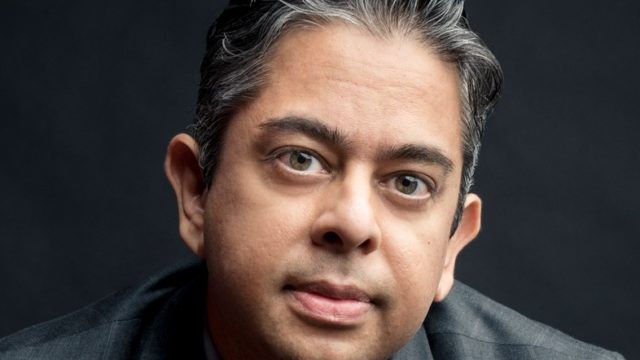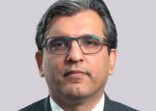Vikas Pershad, M&G Investments
Most governments have responded to the Covid pandemic with “on-off” lockdowns and social distancing measures, forcing companies and their staff to adjust to new working practices.
“The result has been a shift in culture, not just to ‘work from home’, but to ‘work from anywhere,” said Vikas Pershad, a portfolio manager in the Asian equities team at M&G Investments which oversees assets of around $20 billion.
“The trend is likely to continue this year, which means a recurrence of similar investment opportunities and risks as in 2020,” he told a media briefing this week.
Beneficiary sectors include IT services and the cloud, as well as software, which is “replacing commuting and travel”.
Non-linear entertainment and commerce will maintain their popularity this year, even if lockdowns and social distancing policies are lifted, according to Pershad.
“Gaming and live streaming, short video social media [such as the Tik Tok model], and real-time e-commerce and group shopping are not short-term expediencies,” he said.
Meanwhile, the pre-coronavirus transition to new forms of mobility, whether electric vehicles or autonomously-driven cars, will maintain its momentum; there will be strong demand for batteries, motors and semiconductors, he believes.
“But perhaps the biggest theme will be the monetisation of data, and the winners will be those who take the lead in data collection, analysis and transportation,” said Pershad.
This might also fuel further concerns about “big tech” becoming too large, invasive and powerful, fuelling calls for anti-trust measures, he added.
Moreover, the persistence of these trends and widespread acceptance of their dominance, reduces the opportunities for investors.
“Although markets generally are not in a bubble, there are some which are over-priced,” said Pershad.
“Nevertheless, money is almost free, so acceptable returns are far lower than historical precedents,” he added.
A YEAR OF TWO HALVES
For multi-asset investors, Michael Dyer, investment director for multi-asset strategies, recommends “long-term optimism, but near-term caution”.
There should be clear evidence of economic recovery in the second half of this year, as effective Covid vaccines are rolled out, while accommodative central banks (through maintaining low interest rates), and further fiscal spending are “all supportive of risk assets”.
As economic growth recovers, inflation expectations will rise which will lead to a steepening US Treasury yield curve. The environment will favour equities, but penalise long duration fixed income, according to Dyer.
“But, markets have been increasingly reflecting this outlook since the early November pivot to this consensus view,” said Dyer.
So, in the short-term, investors must assess how much of the future good news has already been priced in equity markets.
“There is a lot of liquidity chasing just a few investment ideas; valuations and price action both imply caution is necessary, and investors should look to take diversification opportunities rather than chase markets as they rise,” said Dyer.
Therefore, investors should expect market volatility, and hold “dry powder” to capitalise on sudden downturns, ready to make a dynamic response to “episodic” moves created by sudden changes in risk appetite.
“This is a time for defence in preparation to play offence later in the year,” said Dyer.
















